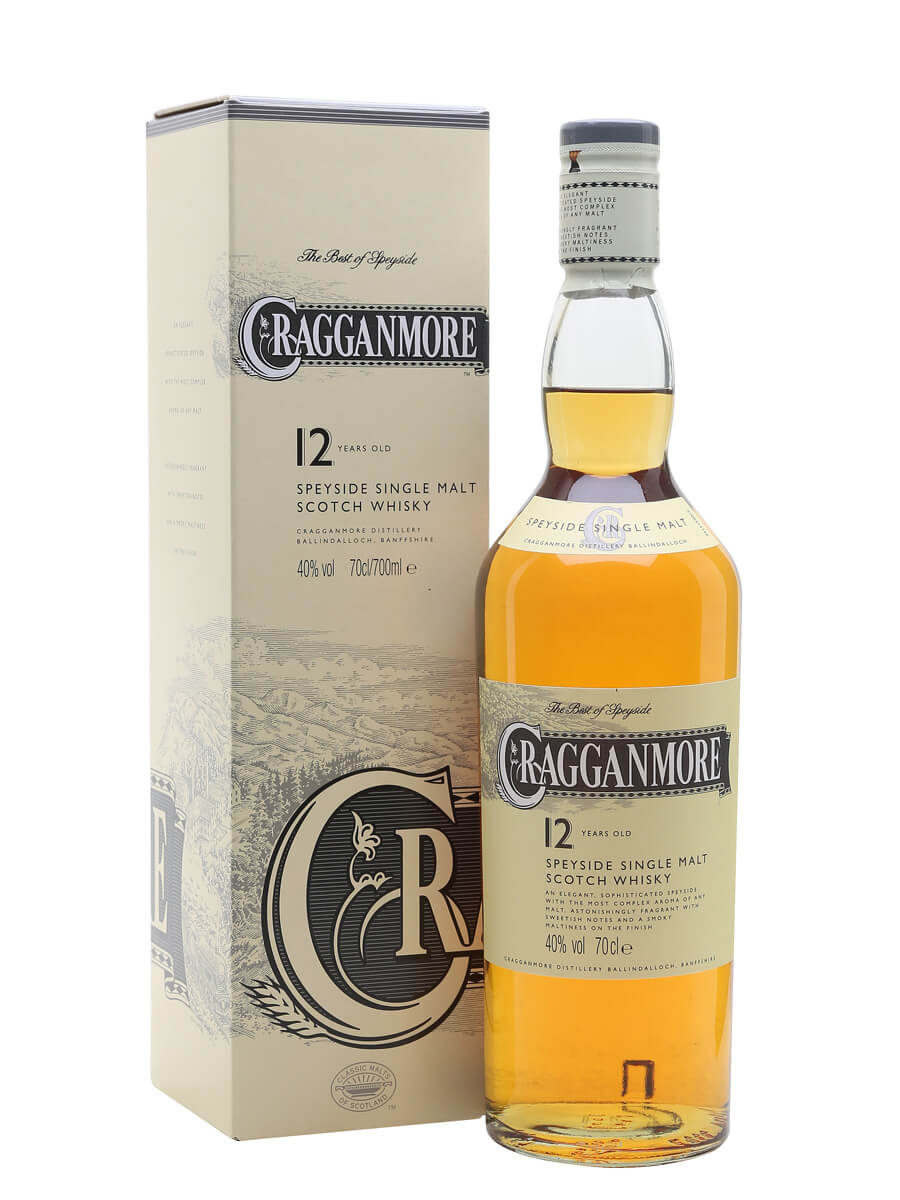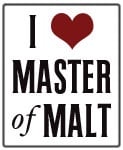 Cragganmore 12 yo
Cragganmore 12 yoSpeyside Single Malt Whisky
40% abv
£27
$65.85 (CAD)
$43 (USD)
Diageo (UDV) introduced Cragganmore Single Malt to the wider world in 1988 as the Speyside representative in their 'Classic Malts' range. It is still seen by many today to have been an odd choice against the thick competition of Mortlach, Glen Elgin and Linkwood, other top class blending malts that were all up for the spot.
Diageo owns the products of more distilleries than any other company, but we should remember that just as Diageo has shares in other companies, other companies have shares in Diageo. So maybe it is not monopolistic, but business is a bitch. While we can thank Diageo for helping to raise the profiles of many single malts, bringing them to more people around the world, we can also blame them for closing well over a dozen distilleries since 1997.
Cragganmore was founded by John Smith in 1869. John had plenty of distillery experience having managed Glenfarclas, Glenlivet and Macallan. He chose the location because of the readily available peat, the surrounding fields of barley, a good (and dam-able) water source, and proximity to the new railway line. He was a big whisky man and he was a big weighty man (22 stone/308 pounds). Another big name had a hand in Cragganmore and that was famed architect Charles Doig who modernised the distillery in 1901. It was expanded from two to four stills in 1964. The distillery has been temporarily closed twice, 1917-18 and 1931-34.
Cragganmore has unusual stills that come to a T-shape, making them flat at the top (Reflux Bowls necks). This apparently has the effect of more reflux of the heavier, oilier vapours, causing them to be distilled again. It is seen by many as the most complex of all Speyside malts, but I am always amazed by how many people seem to hold Cragganmore in contempt, or something. Strange how that happens. Only recently has Diageo started to release any variable expressions of Cragganmore and perhaps with more releases this contempt will wane.
Trivia? 5 out of the 6 classic malts still use worm tubs (a long, coiled copper tube, attached to the end of the lyne arm of the pot still, and fitted into a large wooden vat filled with cold water) to condense the vapours coming off the stills. Lagavulin is the odd one out. Many people still feel that the end spirit that condenses in a worm tub is quite different from spirit cooled by modern condensers, but who knows?
TASTING NOTES:
Enormous impression on the nose, full spectrum. A real beast to unpack... Mash room aromas of malt and yeast and sweet oatiness. Fruit, vanilla yoghurt, vanilla rooibos tea, banana peel. Sweet Oak, mouldy oak, green oak. Some smoke. Too lazy to go on, but certainly complex enough to fill a page with impressions.
Cooling. Hearty. Honey, apricots, toasted nuts. Plastic bags. Celery or some fennel. Chewy maltiness with smoke increasing through the bready finish.
SUMMARY:
Obviously the product of extremely well selected bourbon casks working in combination to create a complex but elegant malt. As I mentioned above, I am amazed that anyone could bad-mouth this whisky as it is a real prince among its Speysider peers.
Malt Mission #106
Malt Mission #108
Malt Mission #109
Malt Mission #110
Malt Mission HOME





1 comment:
I agree with your comment that I am astounded how anyone could badmouth this scotch. It has a very complex nose, a wonderful malty palate with complexity that rivals and exceeds many 18yr old single malts in my opinion.
Everyone should try this once. The price is not bad to boot!
Post a Comment